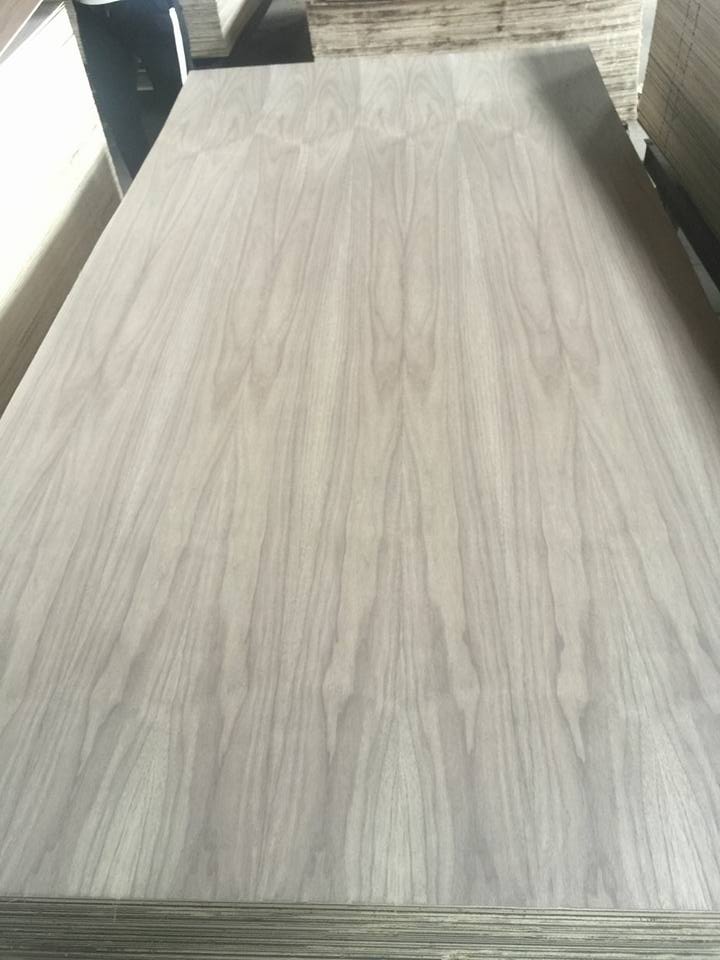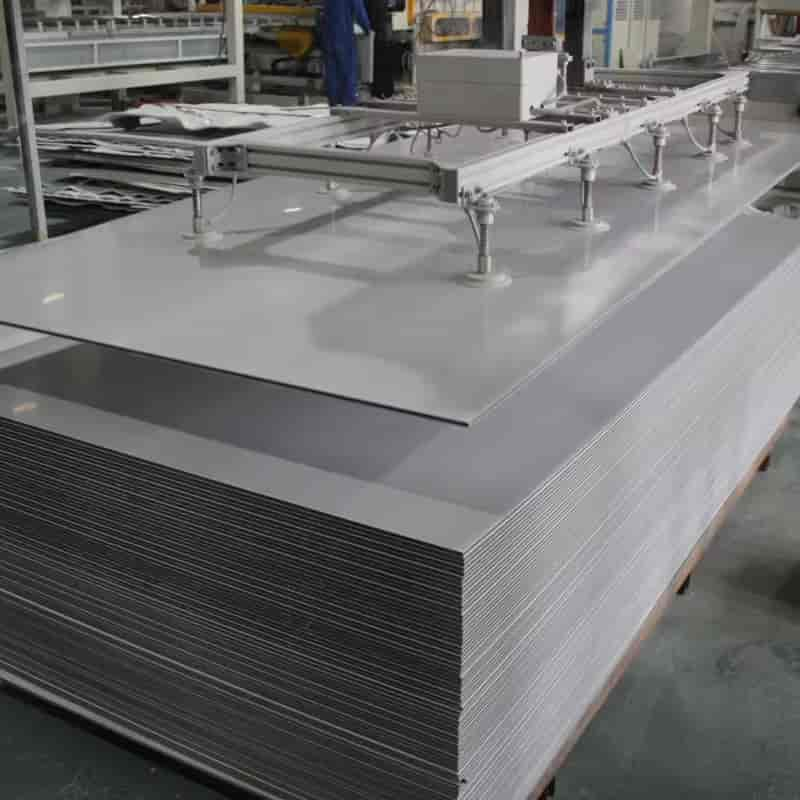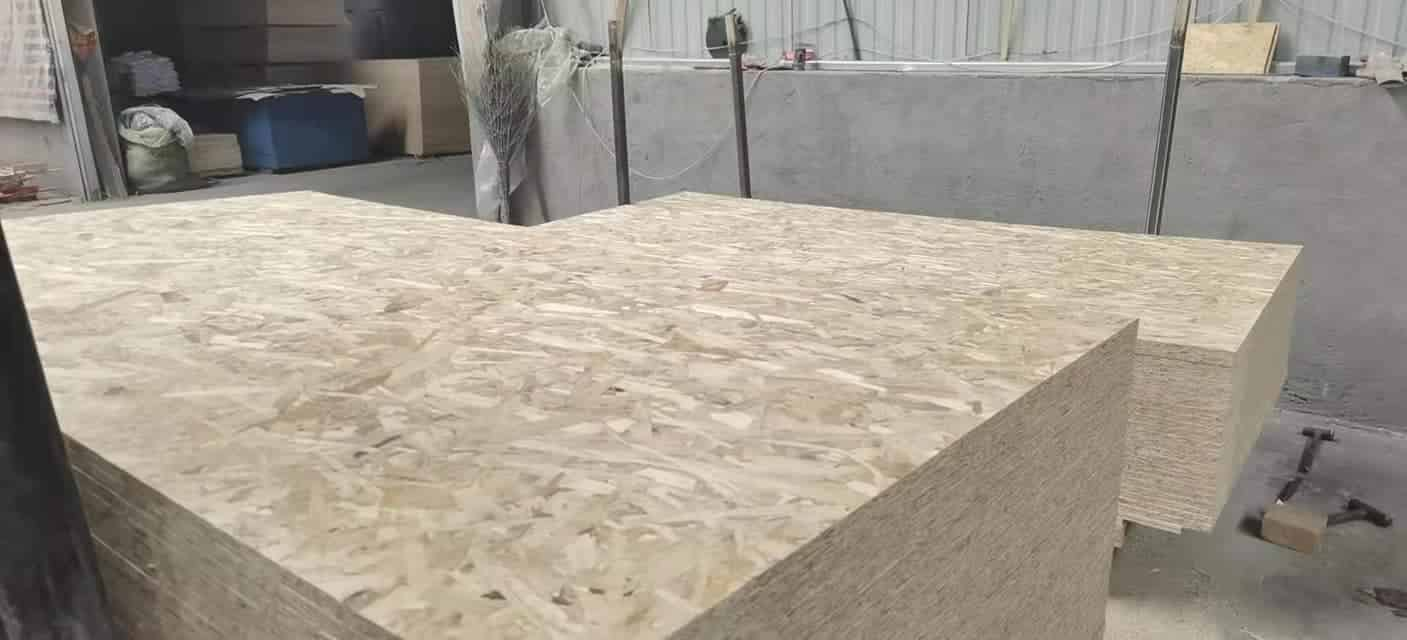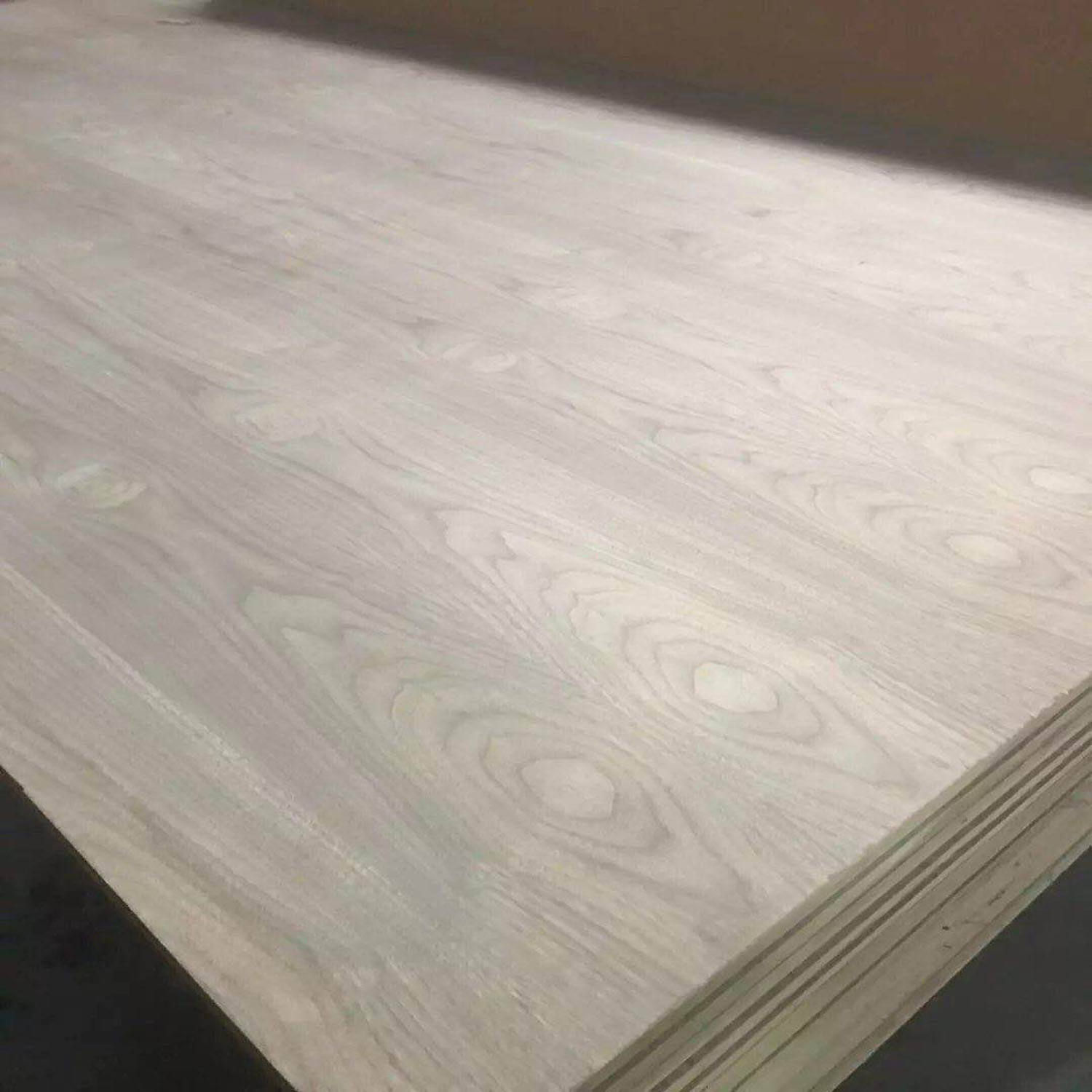Marine plywood, known for its exceptional water-resistance and durability, is a popular choice for various marine applications. Its robustness makes it suitable for boat building, yacht interiors, and other marine structures that require prolonged exposure to water and moisture. But how long can one expect this material to last?
When discussing the lifespan of marine plywood, it’s essential to acknowledge that several factors contribute to its longevity. The quality of the plywood, environmental conditions, maintenance routines, and even the type of marine plywood in question play significant roles. For instance, an 18mm Marine Plywood sheet may endure longer than a thinner 9mm counterpart due to its enhanced thickness and structural integrity.
The manufacturing process of marine plywood also impacts its lifespan significantly. High-quality marine plywood undergoes a rigorous manufacturing process involving multiple layers of wood veneers glued together with waterproof adhesives. This cross-laminated structure not only provides superior strength but also prevents the absorption of water into the core layers, ensuring extended life.
Furthermore, different marine plywood dimensions, such as the commonly used 8×4 feet sheets or the more versatile 12mm thickness, influence the material’s performance. Generally, thicker plywood offers better resistance against wear and tear, thereby lasting longer compared to thinner varieties. However, this doesn’t necessarily mean thinner options aren’t durable; they just might require more frequent maintenance or replacements.
Environmental factors like exposure to direct sunlight, temperature fluctuations, and saltwater can accelerate the degradation process of any marine plywood, regardless of its thickness or quality. Proper storage and usage practices can mitigate these effects, prolonging the plywood’s potential lifespan. For example, regular cleaning, avoiding prolonged soaking in water, and applying protective coatings can all extend the useful life of the material.
Additionally, the application of the marine plywood plays a role in its expected lifespan. If used indoors, where it’s less exposed to harsh environmental elements, a plywood piece could potentially last decades with minimal upkeep. Conversely, if used as the exterior decking on a boat, the same piece may require regular maintenance and potential replacement sooner due to continuous exposure to moisture and UV radiation.
In conclusion, while it’s challenging to provide a definitive answer on the lifespan of marine plywood due to the numerous variables at play, well-maintained high-quality plywood can easily last a decade or more, depending on the specific application and environmental conditions. It’s crucial for users to be aware of the factors affecting longevity and employ strategies to maximize the lifespan of their marine plywood investments.
When considering marine plywood for any project, understanding its properties and taking into account the various factors mentioned above can help ensure a more accurate estimate of its potential lifespan. By choosing the appropriate thickness, maintaining it diligently, and using it within the right parameters, you can expect your marine plywood to serve reliably over many years.



